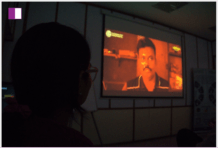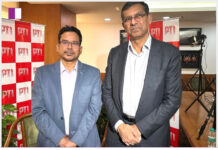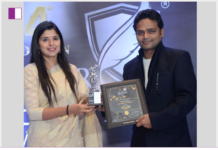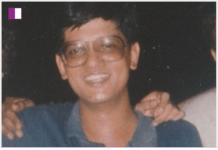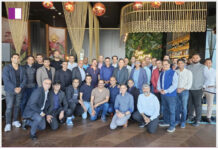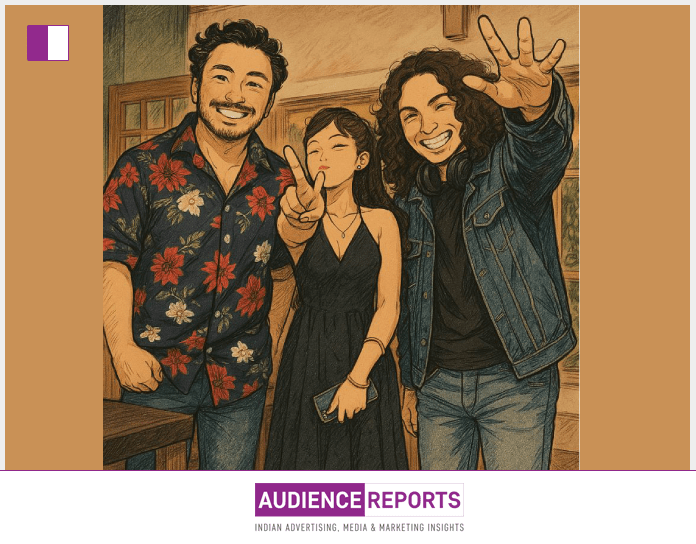Pratyush Neog, Co-Founder and CEO at Sturmfrei Pvt. Ltd., isn’t just observing trends he’s decoding them. In a recent thought-provoking LinkedIn post, Pratyush Neog dissected one of the internet’s most visually captivating viral phenomena: the Ghibli-style AI art craze. But what makes his perspective stand out is not the trend itself, but the why behind it. Without leaning into hype or flattery, this article explores the sharp insights Pratyush Neog brings to the intersection of psychology, identity, and digital culture.
In the last month alone, over 18 million Ghibli-style images have been generated. A single image of a cat in this nostalgic animation style received 2.1 million likes. Search trends show a 2700% surge in interest for “Ghibli AI art.” But for Pratyush Neog, this isn’t about aesthetics. It’s about belonging, identity, and how digital tools manipulate emotion and community behavior.
Pratyush Neog approaches the subject not from a surface-level admiration of art, but through a deeper lens one that links human psychology with digital engagement. Why do people rush to recreate their selfies in Ghibli style? According to Pratyush Neog, it’s not just play or fun. It’s a form of identity signaling people sharing who they want to be seen as in the world.
He breaks this phenomenon down into what he calls the FOMO Flywheel, a compelling framework explaining how digital trends snowball. It begins with scarcity. Ghibli films, known for their emotional depth and rare availability, create a sense of longing. AI tools “fill in” this gap by allowing users to generate similar visuals. Then comes trend ignition a few early adopters post dreamlike images of cities, pets, or themselves. That’s when social validation kicks in. The comments section floods with admiration. People beg for their own versions. And just like that, we hit identity signaling the stage where it’s no longer just about the art, but about the self.
As Pratyush Neog aptly puts it, “People aren’t posting art. They’re posting: ‘This is the soft, romantic version of my life I want you to believe.’” This sharp observation cuts through the noise. It’s not just about cute filters; it’s about carefully curated digital personas.
Pratyush Neog continues by highlighting the psychological need for inclusion. Trends become shortcuts to belonging. They offer individuals a brief sense of being seen, of being part of something bigger. And that’s the kicker: people aren’t chasing trends they’re chasing acceptance. That need, Pratyush Neog notes, is timeless. Today it’s Ghibli filters. Tomorrow, it’ll be something else. The medium shifts, but the emotion behind it FOMO remains constant.
This insight holds a powerful message for marketers, creators, and founders alike. According to Pratyush Neog, your job isn’t to sell the trend. It’s to sell the version of themselves your audience wants to show the world. This flips conventional marketing on its head. It’s not about the product. It’s about the identity the product lets people embody.
What stands out most about Pratyush Neog’s analysis is how grounded it is in human behavior. He doesn’t just observe the trend he maps its emotional terrain. There’s no glorification of AI here, no worship of virality. Just a clear-eyed look at the forces shaping how we present ourselves online. It’s this realism, mixed with strategic thinking, that defines the kind of leadership and vision Pratyush Neog brings to the table.
In a digital landscape filled with noise, virality, and ever-changing aesthetics, we need more voices like his voices that remind us to look deeper. To ask why something is working, why people are responding, and what it says about us as individuals and as a collective culture.
In a way, Pratyush Neog’s post is a wake-up call. It invites digital professionals to stop chasing surface-level metrics and start understanding the emotional architecture of the internet. That architecture, as he reveals, is less about platforms or pixels and more about people.
Through his company, Sturmfrei Pvt. Ltd., Pratyush Neog is clearly not just building businesses he’s building narratives. And narratives, as we see, are the true currency of the internet.
The fact that a single post can distill such complexity into a simple flywheel model is a testament to Pratyush Neog’s clarity of thought. His perspective isn’t theoretical it’s actionable. Whether you’re a brand manager trying to tap into the next trend, a startup founder crafting your messaging, or a content creator deciding what to post next, the lens offered by Pratyush Neog is one you can use.
And if there’s one key takeaway from his reflection, it’s this: Don’t get lost in the trend itself. Look beneath it. Understand the feeling it offers. Because at the end of the day, what we’re all really looking for is to be seen, understood, and included.
In a world increasingly driven by digital expression and fleeting trends, Pratyush Neog reminds us that the most powerful force is still human connection. And sometimes, that connection comes in the form of a softly lit, pastel-toned Ghibli-style selfie.








